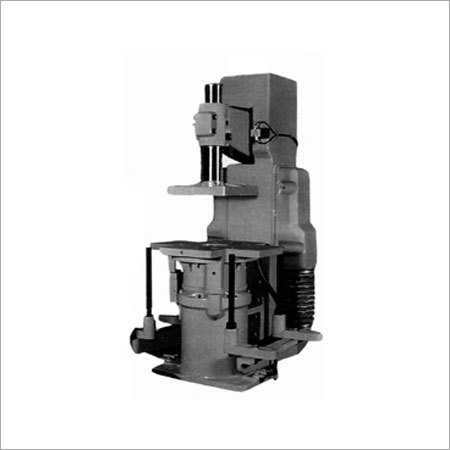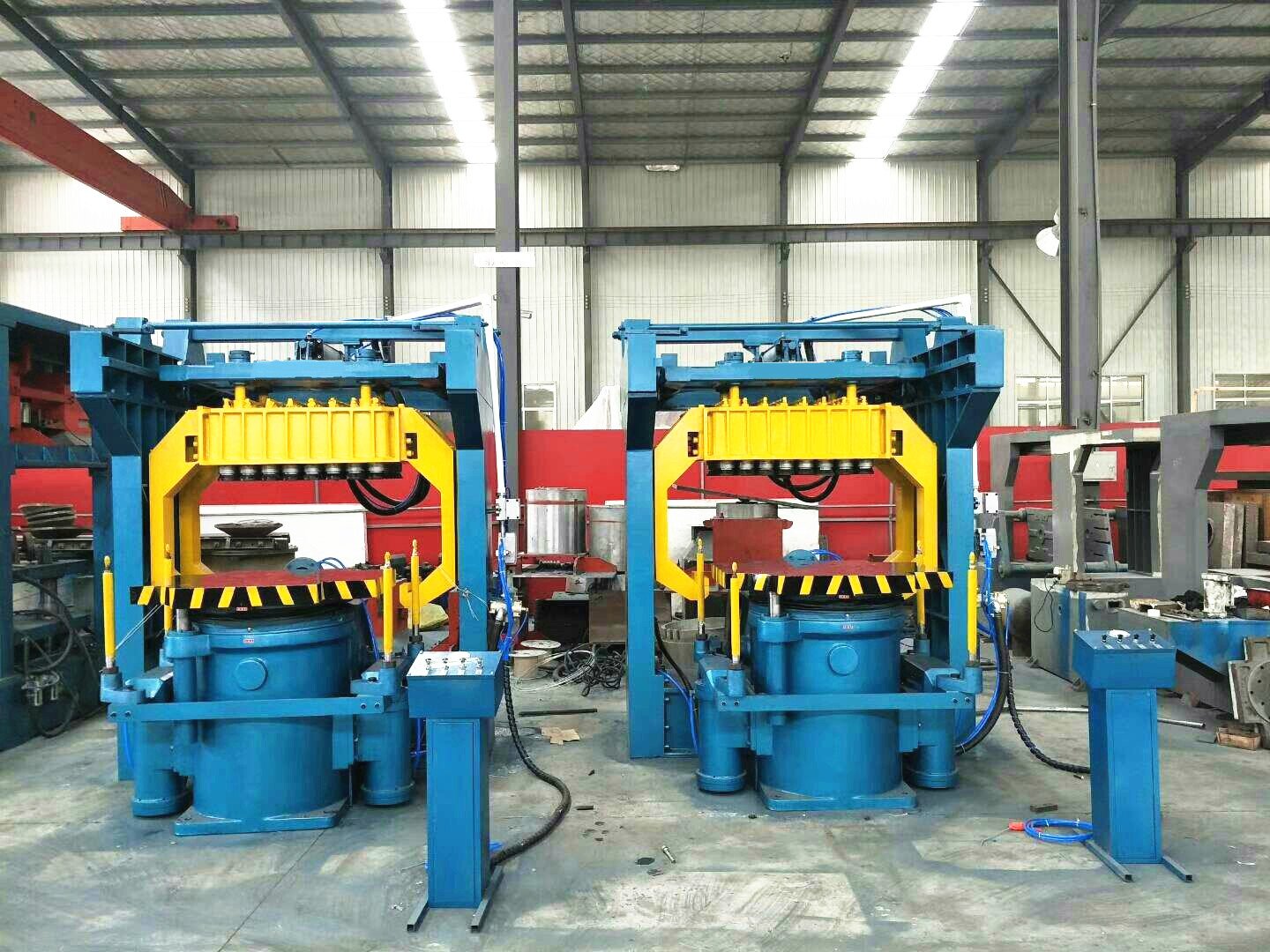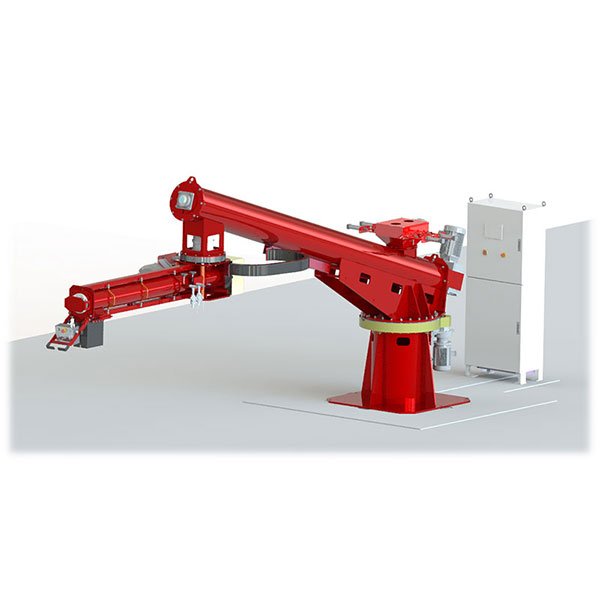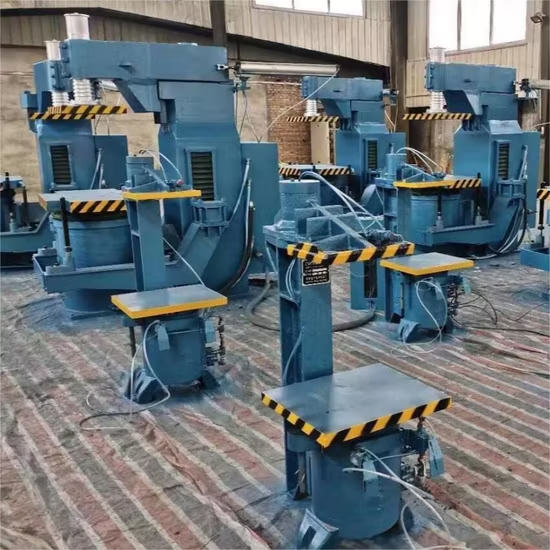
Inconsistent casting quality, production delays, and rising costs—these are the hidden enemies of an under-optimized foundry production line.
To optimize your foundry production line, focus on layout design, automation, data monitoring, and workforce training. These measures boost efficiency, reduce scrap, and improve casting consistency.
Even small improvements in workflow, maintenance, or sand handling can unlock big savings. In this article, I’ll share how we’ve helped foundries transform chaos into consistency.
What Is a Foundry Production Line?
Too often, inefficiencies creep in when we don’t fully understand the sequence of operations.
A foundry production line includes molding, melting, pouring, cooling, and cleaning processes. Its effectiveness depends on how smoothly materials and tasks transition between each stage.
At its core, a foundry line works like a symphony. The mold preparation station must sync with metal melting, pouring should be timed to the mold’s readiness, and cleaning should follow cooling without delay. The smoother the coordination, the higher the yield.
A typical line involves:
- Molding Station – Forms molds using green sand or resin
- Melting Furnace – Melts scrap and raw materials into usable molten metal
- Pouring Station – Precisely fills molds with molten metal
- Cooling Line – Allows castings to solidify before removal
- Shakeout and Cleaning – Removes sand and finishes castings
If one of these segments lags, everything downstream suffers. That's why a truly optimized line addresses both equipment and human factors.
Key Challenges in a Foundry Production Line
Delays and scrap aren’t just problems—they’re symptoms of deeper system flaws.
Common issues in a foundry line include unplanned downtime, poor scheduling, equipment failures, and inconsistent quality control. These bottlenecks reduce output and increase rework.
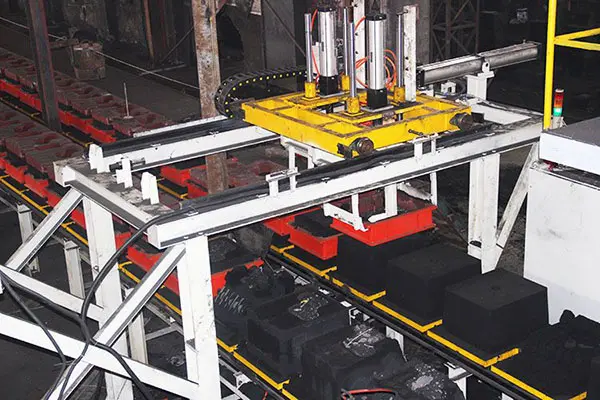
Here are the biggest culprits I see:
| Challenge | Consequence |
|---|---|
| Furnace idle time | Increased energy consumption |
| Mold queueing delays | Incomplete synchronization |
| Labor mismatch | Bottlenecks during shift changes |
| Inconsistent metal quality | Scrap and defective parts |
| Equipment breakdowns | Costly unplanned downtime |
I once worked with a client whose pouring crew waited over 15 minutes each hour due to misaligned mold delivery. Fixing just that one issue improved throughput by 12%.
You can't fix what you don't measure. Recognizing these issues is the first step toward real optimization.
Strategies to Optimize Your Foundry Production Line
Sometimes the biggest wins come from small adjustments.
Streamline the layout, reduce changeover times, and align melting with molding to improve material flow and minimize idle time.
Some of the strategies that work best in my experience:
- Reorganize layout: Keep high-frequency stations close together. Avoid unnecessary forklift or crane movements.
- Reduce changeover time: Standardize tooling and use quick-change fixtures to minimize downtime between batches.
- Balance melting and molding: Schedule melts based on mold readiness to avoid overheating or remelting.
- Implement JIT delivery: Deliver sand and cores only when needed to reduce floor congestion and material aging.
When we helped one client redesign their workflow layout, their mold delivery time dropped from 18 to 8 minutes—a 55% improvement with no extra equipment.
Implementing Automation in the Foundry Production Line
Manual processes are prone to errors and variability.
Automating repetitive tasks like mold handling, pouring, and inspection improves speed, consistency, and safety in the production line.

Automation isn’t just for big factories. Even partial upgrades make a difference:
| Automation Focus | Impact |
|---|---|
| Mold handling robots | Consistent pace, reduced injury risk |
| Pouring systems | Precise metal fill, less spillage |
| Inspection cameras | In-line defect detection |
| Automated conveyors | Faster material movement |
I always advise clients to start with semi-automation—like programmable logic controls (PLCs) for pouring sequences—before diving into full robotics.
Within 6 months of automating mold handling, one client cut labor needs by 30% while increasing output by 18%. The ROI spoke for itself.
Leveraging Data and Digital Tools for Foundry Optimization
Guesswork and gut feelings won’t sustain long-term improvements.
Using digital tools like MES, ERP, and IoT sensors allows real-time monitoring, predictive maintenance, and data-driven process improvement.
Key technologies we implement:
- IoT Sensors – Track furnace temperature, mold humidity, and machine status
- MES Software – Monitor real-time productivity and traceability
- ERP Integration – Connect inventory, planning, and operations for seamless coordination
- Predictive Maintenance – Use analytics to anticipate equipment failure
A simple dashboard showing sand temperature and mold count helped one of our partners identify when mixing operations lagged. Fixing this bottleneck improved line sync by 25%.
Quality Control Tactics for a More Efficient Foundry Production Line
Every defect costs you time, materials, and reputation.
Use in-line inspection, defect data tracking, and standardized checklists to reduce casting errors and streamline rework.

Some tactics I recommend:
- In-line X-ray or vision inspection to catch defects early
- Defect data analysis to identify recurring issues
- SOPs and checklists for each stage of production
A client who implemented vision-based gating inspection reduced scrap by 40% in 3 months. They simply caught defects earlier and acted faster.
Here’s a simple chart showing where to implement QC:
| Process Stage | QC Tool Used |
|---|---|
| Mold Preparation | Moisture & strength test |
| Melting | Spectrographic analysis |
| Pouring | Temperature monitoring |
| Shakeout | Surface defect check |
Reducing Energy and Resource Waste in Foundry Operations
Waste adds up—whether it’s sand, power, or time.
Reduce energy usage with efficient furnaces, recycle materials, and manage labor shifts smartly to avoid idle periods.
Key methods include:
- Energy-efficient furnaces with controlled preheat and melt rates
- Sand reclamation systems to reuse and clean return sand
- Smart shift scheduling based on real-time demand
- Waste tracking systems to analyze and improve resource use
One of our foundries reduced power consumption by 17% after switching to inverter-driven fans in their cooling lines.
Training and Workforce Involvement in Production Line Optimization
No system works without trained, motivated people.
Upskill workers on new technologies, encourage feedback, and train across functions to create a more adaptable workforce.

Here's what works best:
- Operator feedback sessions – Empower your team to suggest improvements
- Cross-functional training – Build flexibility into your labor pool
- Digital tool training – Familiarize teams with MES or sensor systems
I’ve seen the best ROI not from machines, but from teams trained to use them properly. One plant saved hundreds of hours simply by teaching supervisors how to read machine data logs.
Measuring the Success of Your Foundry Production Line Optimization
You can’t improve what you don’t measure.
Use KPIs like OEE, scrap rate, and cycle time to track progress and guide continuous improvement efforts.
Key KPIs we use:
| KPI | Why It Matters |
|---|---|
| OEE (Overall Equipment Effectiveness) | Measures true productivity |
| Scrap Rate | Direct indicator of quality |
| Cycle Time | Reflects process efficiency |
| Downtime Frequency | Tracks reliability and maintenance gaps |
Set monthly review sessions. Benchmark yourself against industry leaders. Always ask: what’s getting better—and what’s not?
Conclusion: Building a Future-Ready Foundry Production Line
Optimizing your foundry line is not a one-time fix—it’s an evolving process. Focus on layout, data, people, and automation. With the right strategies, your foundry can deliver more output, better quality, and lower costs.


